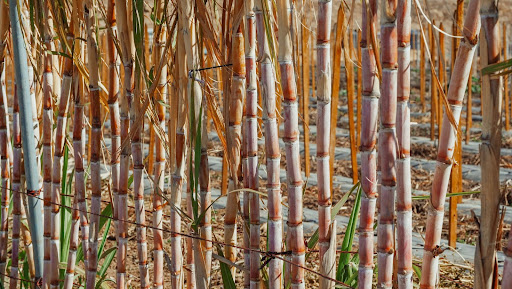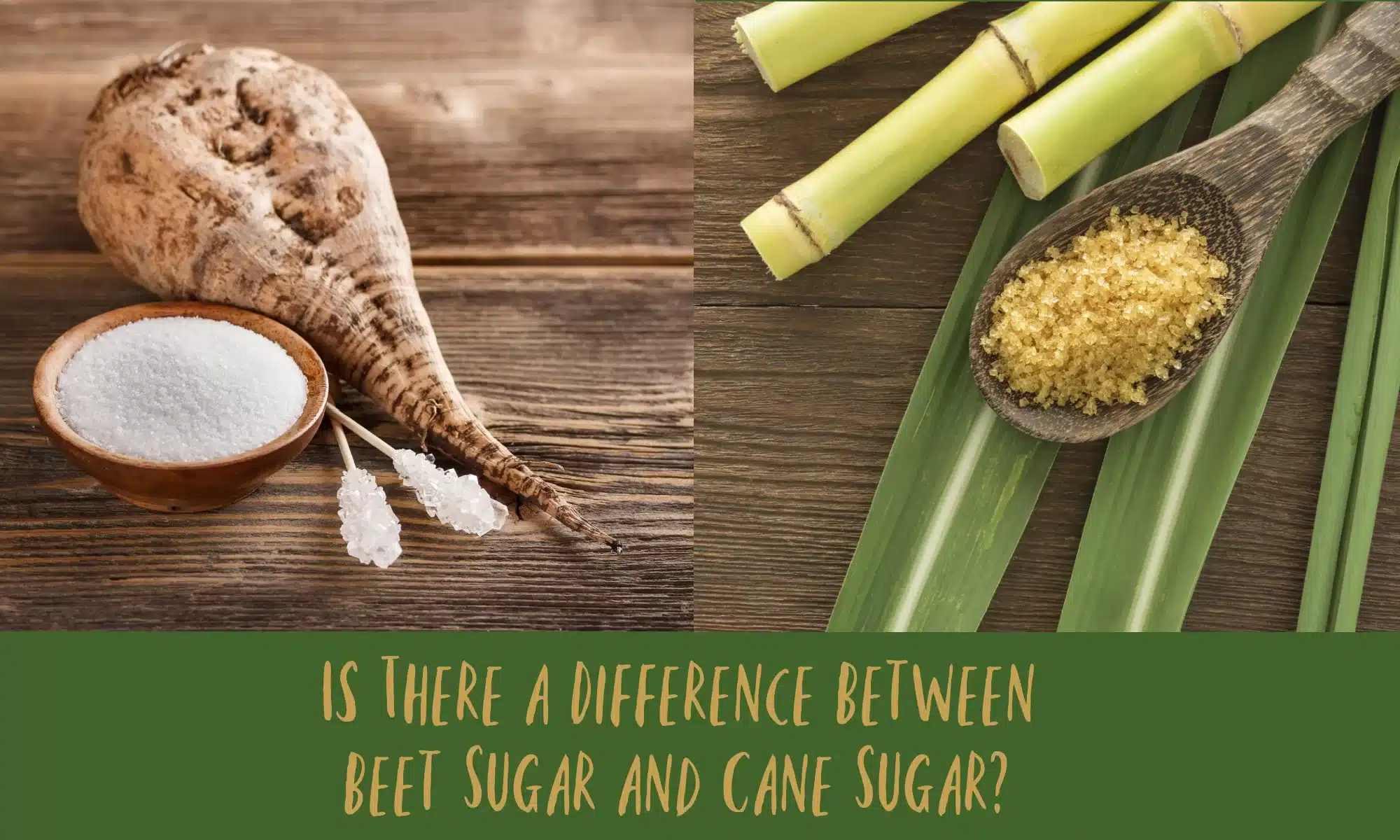Learning about beet sugar vs cane sugar can help individuals decide which matches their preferences better.
Learning about beet sugar vs cane sugar can help individuals decide which matches their preferences better.
Blog Article
Discover the Uses and Advantages of Beet Sugar Vs Cane Sugar in Your Daily Diet Plan
Checking out the unique top qualities of beet and cane sugar discloses more than just their sweetening capabilities; it highlights their one-of-a-kind influence on health and culinary arts. Beet sugar, known for its subtle flavor, is commonly preferred in fragile treats, whereas cane sugar, with its tip of molasses, includes splendor to durable meals. Each kind holds its very own nutritional account and glycemic ramifications, welcoming a deeper understanding of their duties in a well balanced diet regimen and lasting usage methods.
Beginning and Production Processes of Beet and Cane Sugar

The unique climates and dirt kinds needed for growing sugar beets and sugarcane add to distinctions in their growing methods and geographic circulation, affecting the economics and sustainability of their production. beet sugar vs cane sugar.
Nutritional Contrast Between Beet Sugar and Cane Sugar
Despite stemming from different plants, beet sugar and cane sugar are nutritionally really comparable, both largely containing sucrose. Each provides about 4 calories per gram, translating to roughly 16 calories per teaspoon. Structurally, both sugars are made up of around 99.95% sucrose, with minimal quantities of other materials like moisture and trace element, which do not considerably modify their nutritional accounts.

Eventually, when choosing between beet sugar and cane sugar based upon nutritional material alone, both deal identical benefits and downsides as they are essentially forms of view it now the very same particle-- sucrose, offering fast power without other nutrients.
Influence On Wellness: Glycemic Index and Caloric Material
Exploring even more into the impacts of beet sugar and cane sugar on health and wellness, it is necessary to consider their glycemic index and calorie web content. Both sugars are identified as sucrose, which includes sugar and fructose. This make-up leads them to have a comparable impact on blood glucose levels. The glycemic index (GI) of both beet and cane sugar is around 65, classifying them as high-GI foods, which can trigger quick spikes in blood sugar levels. This is a vital element for people taking care of diabetes mellitus or those attempting to maintain their power degrees throughout the day.
Each kind of sugar consists of about 4 calories per gram, making their calorie material matching. For those keeping track of caloric consumption, specifically when taking care of weight or metabolic wellness problems, comprehending this equivalence is essential Get the facts (beet sugar vs cane sugar). Nonetheless, too much intake of any kind of high-calorie, high-GI food can add to health and wellness problems such as weight problems, heart illness, and insulin resistance.
Environmental and Economic Considerations of Sugar Manufacturing
Beyond wellness influences, the production of beet and cane sugar additionally increases substantial environmental and financial issues. Sugar beet farming tends to call for cooler climates and has a reduced geographical footprint contrasted to sugar cane, which thrives in exotic areas. Nevertheless, both plants are intensive in regards to water use and land profession, possibly causing logging and water scarcity. Financially, the global sugar market is very volatile, influenced by changes in worldwide trade plans and aids. Lots of nations incentivize sugar production with financial backing, skewing market rates and influencing small farmers adversely.
Additionally, making use of pesticides and fertilizers in both beet and cane sugar growing can bring about dirt destruction and pollution, further affecting biodiversity and regional water bodies (beet sugar vs cane sugar). The selection in between growing sugar beet or cane often hinges on local environmental conditions and economic elements, making the sustainability of sugar production an intricate concern
Culinary Applications and Taste Distinctions
While the ecological and economic facets of sugar manufacturing are certainly significant, the selection between beet and cane sugar additionally affects culinary applications and taste profiles. Beet sugar, acquired from the sugar beet plant, is known for its extremely neutral taste.
Walking cane sugar, drawn out from sugarcane, frequently preserves molasses traces, which give an unique splendor and depth. This mild molasses flavor boosts the complexity of baked items, sauces, and marinates. It is especially favored in Look At This items where a caramel touch is desired, such as in brownies or gingerbread. The small variant in moisture material in between beet and cane sugar can influence the texture and consistency of meals, making cane sugar a recommended choice for particular dishes that benefit from its distinct buildings.

Conclusion
In conclusion, both beet and cane sugar have distinct beginnings and manufacturing processes, using comparable nutritional accounts with mild distinctions in sodium content and taste. While their effect on health and wellness, specifically pertaining to glycemic index and calories, is equivalent, the option between them often comes down to environmental, economic aspects, and certain cooking requirements. Comprehending these aspects can lead consumers in making informed choices that line up with their health objectives and taste choices.
Report this page